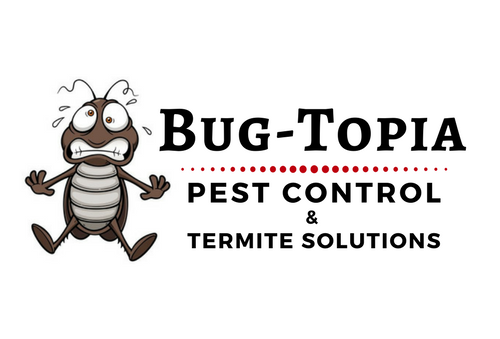South East Queensland Ants – Identification and Facts
Scientific Order: Hymenoptera
Family: Formicidae
Appearance
There are over 12,000 described species of ants, but while there are several thousand species, their anatomies consist of the same general characteristics.
- Size: Ants range between 3/100 of an inch and 2 inches in length and have bodies that consist of three sections: the head, thorax, and abdomen.
- Color: Most ants are black or red.
Ants have a pair of strong jaws, known as mandibles, which are helpful in carrying food, defence, and manipulating or moving objects for survival or social needs.
Every ant has six legs with hooked claws. These claws are useful for hanging or climbing.
There are a number of more common ant subspecies. Those include carpenter ants (larger than other ants, black), pharaoh ants (very small, light tan), pavement ants (brown or black with pale legs, small), odorous ants (brown or black, very smelly), and red imported fire ants (red, with larger than usual queens).
Ant Control and Prevention
Signs of an Ant Infestation
The most common signs of an ant infestation are… seeing live ants. That aside, they also leave behind visible ant pathways and nests that look like small piles of soil, garbage, or dirt.
The best way to get rid of ants is to keep them from entering your building in the first place. To do that, you should prevent ants from accessing the things that attract them. Throw away or store uneaten foods, repair dripping faucets or leaks, and re-seal around window and door frames.
If you find ants in your building, try to follow them back to their nest. Attempt to destroy the nest and the entire colony, including the queen. Most ant colonies form outside, even if the ants themselves travel inside for food and shelter.
If all else fails, contact us We offer professional ant control in Gold Coast suburbs and Brisbane’s metropolitan areas.
Reproduction and Life Cycle
Ants are social insects with 3 distinct castes: workers, queens, and males. Queens live the longest – anywhere from 1-30 years – and the colony will survive through her lifetime. The workers will generally live 1-3 years, while the males have the shortest lives, sometimes only a few weeks.
Most ants mate in swarms (with some exceptions). These swarms tend to happen during the warmer months of the year – between spring and fall – at which time winged males, followed by the winged reproductive females leave their colony’s nest and go out to mate. The females will follow a pheromone emitted by the male.
Behaviour and Diet
Ants eat a wide variety of food. In the wild, they usually consume dead insects, dead animals, plants, and pest species. They’re also attracted to certain food debris like sweets, grease, fats, cake, fruit juice, syrups, eggs, sugar, honey, meat, and pet food.
Larvae serve an important purpose in the ant colony: adult ants cannot eat solid foods, but larvae can process solids into liquids. When fed, the larvae will regurgitate their food into the “social stomach” so the adult ants can feed when necessary.

